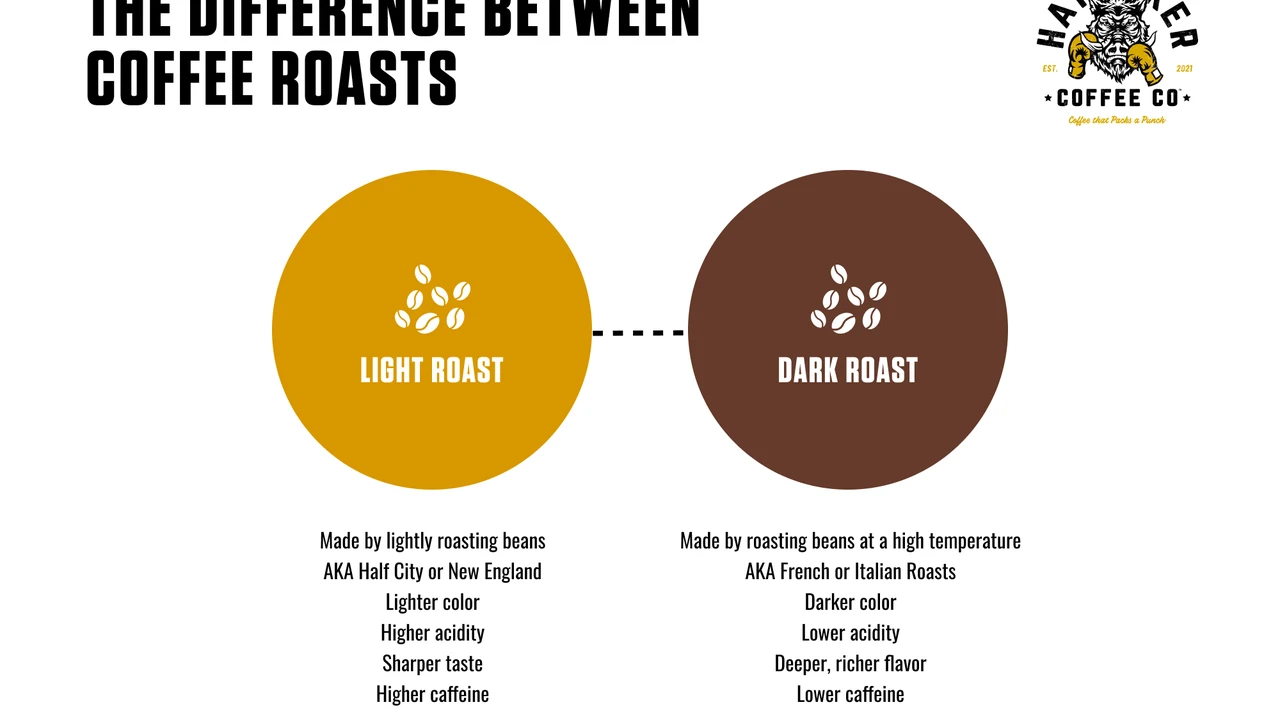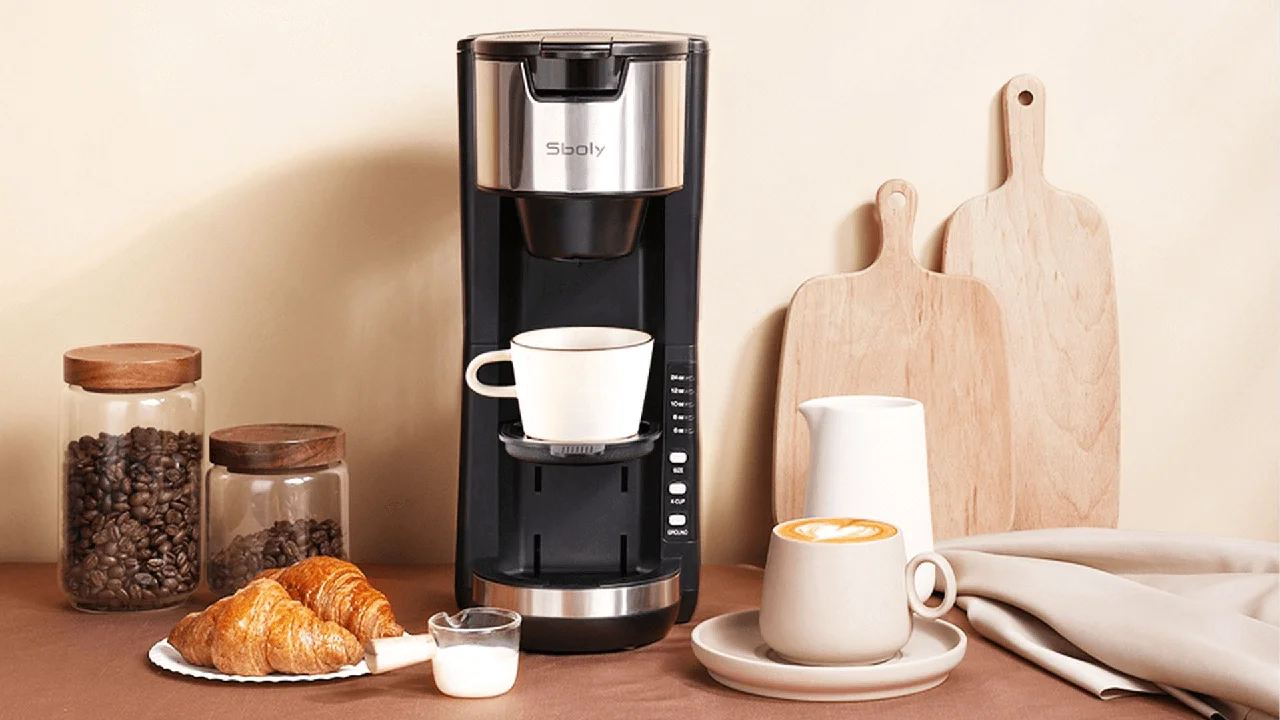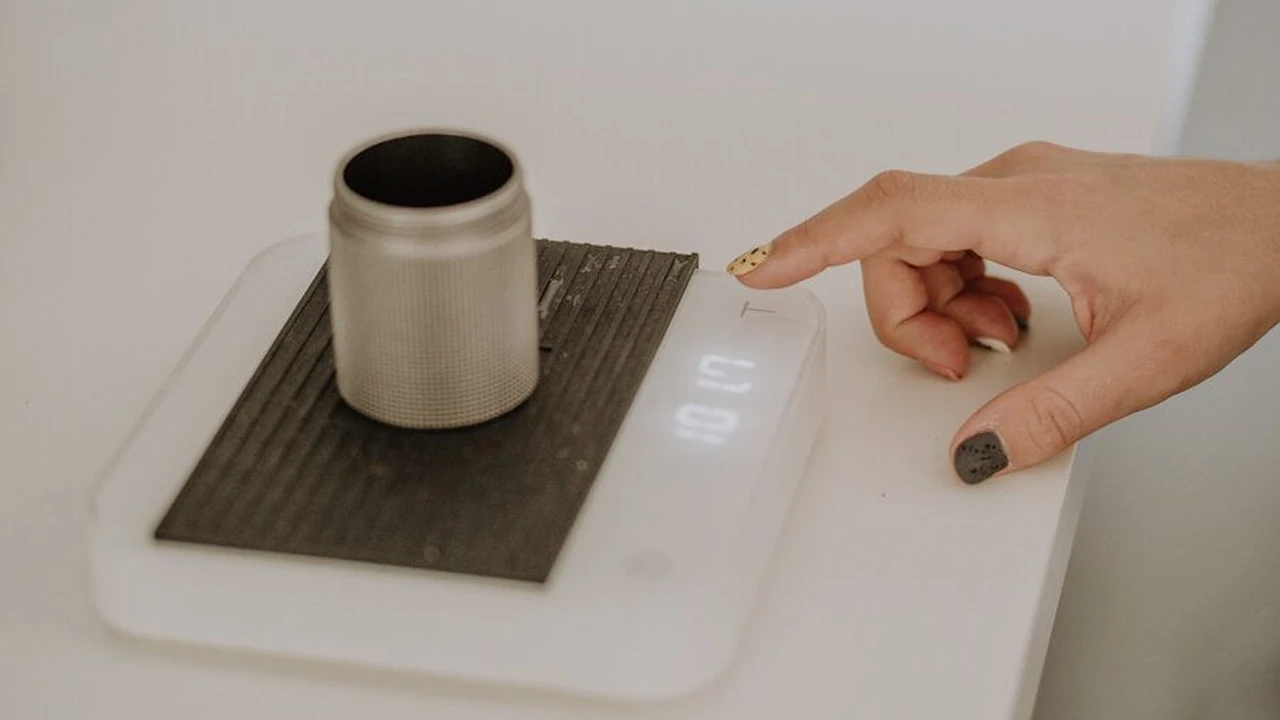Decaf Coffee: The Best Decaffeination Methods Compared
Decaf coffee allows you to enjoy coffee without the caffeine. We compare the different decaffeination methods, including Swiss Water and chemical processes. Choose the best decaf for your health and taste.

What is Decaf Coffee and Why Choose It
So, you love coffee, but caffeine doesn't love you back? Maybe it gives you the jitters, keeps you up all night, or just doesn't vibe with your health goals. That's where decaf coffee comes in! It's basically coffee that's had most of its caffeine removed. Think of it as coffee-lite. You still get the flavor, the aroma, and the ritual, but without the buzz.
Why choose decaf? Well, there are tons of reasons. Some people are sensitive to caffeine, others want to enjoy a cup in the evening without disrupting their sleep, and some just prefer the taste of certain decaf beans. Whatever your reason, decaf is a fantastic option.
Different Decaffeination Methods A Detailed Look
Okay, so how do they actually *remove* the caffeine? It's not as simple as just rinsing the beans, trust me. There are a few different methods, each with its own pros and cons. Let's dive in:
Solvent-Based Methods: Methylene Chloride and Ethyl Acetate Decaffeination
These methods use chemical solvents to extract the caffeine. The beans are soaked or steamed, then repeatedly washed with the solvent until the caffeine is reduced to the desired level (usually around 97% caffeine-free). Afterward, the beans are steamed again to remove any residual solvent. There are two main solvents used:
Methylene Chloride Decaffeination Process and Safety
Methylene chloride is a powerful solvent, and it's highly effective at removing caffeine. It's often used in a "direct method" where the beans are directly soaked in the solvent. The concern? The name "methylene chloride" sounds scary, right? And, while it *is* regulated and considered safe in the amounts used for decaffeination by most health organizations (like the FDA), some people are still wary. Direct contact and inhalation of methylene chloride can be hazardous, but the residual amounts after processing are considered negligible. It's also one of the cheapest methods, so it's often used for commercially produced decaf.
Ethyl Acetate Decaffeination Taste and Organic Certification
Ethyl acetate is a naturally occurring ester found in fruits, and it's often referred to as "natural decaf." However, even though it's found in nature, the ethyl acetate used for decaffeination is usually synthesized. It can also be used in both direct and indirect methods. Some people prefer ethyl acetate decaf because they believe it retains more of the coffee's original flavor profile. However, ethyl acetate is not always considered "organic" unless it's derived from natural sources and the entire process meets organic certification standards.
The Swiss Water Process Decaf A Chemical-Free Option
If you're looking for a completely chemical-free option, the Swiss Water Process is the way to go. This method uses only water, temperature, and time to remove the caffeine. Here's how it works:
- Coffee Beans Soaked: Green coffee beans are immersed in hot water.
- Caffeine Extraction: The water extracts both caffeine and flavor compounds, creating a "flavor-charged water" called green coffee extract (GCE).
- Caffeine Removal from GCE: The GCE is then passed through activated charcoal filters, which trap the caffeine molecules while allowing the flavor compounds to pass through.
- Beans Reintroduced: The decaffeinated GCE is then used to soak a fresh batch of green coffee beans. Because the GCE is already saturated with flavor compounds, only the caffeine is extracted from the new batch of beans.
The result? Decaf coffee that retains much of its original flavor. The Swiss Water Process is known for producing a clean, well-balanced cup. The downside? It's generally more expensive than solvent-based methods, which is reflected in the price of the decaf coffee.
CO2 Decaffeination An Environmentally Friendly Approach
CO2 decaffeination uses supercritical carbon dioxide (CO2) to extract the caffeine. Supercritical CO2 is CO2 that's been heated and pressurized to a state where it has properties of both a gas and a liquid. It acts as a solvent, selectively binding to caffeine molecules. There are two main types:
Direct CO2 Decaffeination Caffeine Extraction with Liquid CO2
In the direct method, the beans are soaked in liquid CO2, which binds to the caffeine molecules. The CO2 is then evaporated, leaving behind decaffeinated beans. This method is effective and relatively gentle on the coffee beans, preserving much of their flavor.
Indirect CO2 Decaffeination Flavor Preservation
The indirect CO2 method is similar to the Swiss Water Process. The beans are first soaked in water, creating a flavor-charged water. The CO2 is then used to extract the caffeine from the water, and the decaffeinated water is used to soak a fresh batch of beans. This method also helps to preserve the coffee's original flavor.
CO2 decaffeination is considered an environmentally friendly method because CO2 is a natural substance and can be recycled. It's also relatively energy-efficient compared to some other methods.
Comparing Decaffeination Methods Taste and Health Considerations
So, which method is best? It really depends on your priorities. Here's a quick comparison:
| Method | Flavor Impact | Health Concerns | Environmental Impact | Cost |
|---|---|---|---|---|
| Methylene Chloride | Can strip some flavor | Residual solvent concerns (though considered safe by regulatory bodies) | Potential environmental concerns with solvent disposal | Low |
| Ethyl Acetate | Potentially better flavor retention than methylene chloride | Residual solvent concerns (though considered safe by regulatory bodies) | Potential environmental concerns with solvent disposal | Medium |
| Swiss Water Process | Excellent flavor retention | None | Low | High |
| CO2 | Good flavor retention | None | Low | Medium to High |
Taste: The Swiss Water Process and CO2 methods generally produce the best-tasting decaf, with the most flavor retention. Ethyl acetate can also be good. Methylene chloride can sometimes result in a slightly blander cup.
Health: The Swiss Water Process and CO2 methods are the safest, as they don't use any potentially harmful solvents. The solvent-based methods are considered safe by regulatory bodies, but some people may still prefer to avoid them.
Environment: The Swiss Water Process and CO2 methods are the most environmentally friendly, as they use natural substances and have low energy consumption.
Cost: Methylene chloride is the cheapest, followed by ethyl acetate, CO2, and then the Swiss Water Process.
Decaf Coffee Brands and Products Recommended
Okay, so you're convinced. You want to try some decaf. But where do you start? Here are a few recommendations, covering different methods and price points:
Volcanica Coffee Swiss Water Decaf Sumatra Mandheling
Method: Swiss Water Process
Origin: Sumatra, Indonesia
Flavor Profile: Earthy, bold, chocolatey
Price: Around $22 per pound
Why it's great: This is a high-quality decaf with a rich, complex flavor. The Swiss Water Process ensures that it's chemical-free and retains the unique characteristics of Sumatran coffee. Perfect for a cozy evening cup.
Use Case: Enjoy after dinner or anytime you want a bold, flavorful coffee without the caffeine.
Koffee Kult Coffee Beans Decaf Dark Roast
Method: Not specified (likely solvent-based)
Origin: Blend
Flavor Profile: Dark chocolate, roasted nuts, smoky
Price: Around $20 per pound
Why it's great: A more affordable option for those who prefer a dark roast. Koffee Kult is a well-regarded brand, and their decaf dark roast delivers a bold, intense flavor.
Use Case: Ideal for those who enjoy a strong, robust coffee flavor, even in decaf.
Peet's Coffee Decaf Major Dickason's Blend
Method: Not specified (likely solvent-based)
Origin: Blend
Flavor Profile: Rich, complex, spicy
Price: Around $18 per pound
Why it's great: Peet's is a classic coffee brand, and their Decaf Major Dickason's Blend is a popular choice. It's a well-balanced blend with a complex flavor profile.
Use Case: A great all-around decaf option for everyday enjoyment.
Lifeboost Coffee Decaf Medium Roast
Method: Swiss Water Process
Origin: Nicaragua
Flavor Profile: Smooth, nutty, chocolatey
Price: Around $35 per pound
Why it's great: Lifeboost Coffee is known for its focus on health and sustainability. Their decaf is Swiss Water Processed and sourced from Nicaragua. If you're looking for a coffee that's good for you and the planet, this is a great choice.
Use Case: Perfect for those seeking a healthy and ethically sourced decaf option.
Mount Hagen Organic Fair Trade Decaffeinated Instant Coffee
Method: CO2 Decaffeination
Origin: Blend
Flavor Profile: Mild, balanced
Price: Around $8 for a 3.53 oz jar
Why it's great: If you're looking for convenience, Mount Hagen's organic decaf instant coffee is a great option. It's CO2 decaffeinated, organic, and Fair Trade certified.
Use Case: Ideal for travel, camping, or anytime you need a quick and easy cup of decaf.
Choosing the Right Decaf Coffee For You
Ultimately, the best decaf coffee for you depends on your individual preferences and priorities. Consider the following factors:
- Decaffeination Method: If you're concerned about chemicals, opt for Swiss Water Process or CO2 decaffeinated coffee.
- Flavor Profile: Choose a coffee with a flavor profile that you enjoy. Do you prefer light and fruity, or dark and bold?
- Origin: Different coffee-growing regions produce beans with different flavor characteristics.
- Price: Decaf coffee can range in price from affordable to premium. Set a budget and find a coffee that fits your needs.
Don't be afraid to experiment and try different decaf coffees until you find one that you love. Happy brewing!
:max_bytes(150000):strip_icc()/277019-baked-pork-chops-with-cream-of-mushroom-soup-DDMFS-beauty-4x3-BG-7505-5762b731cf30447d9cbbbbbf387beafa.jpg)






